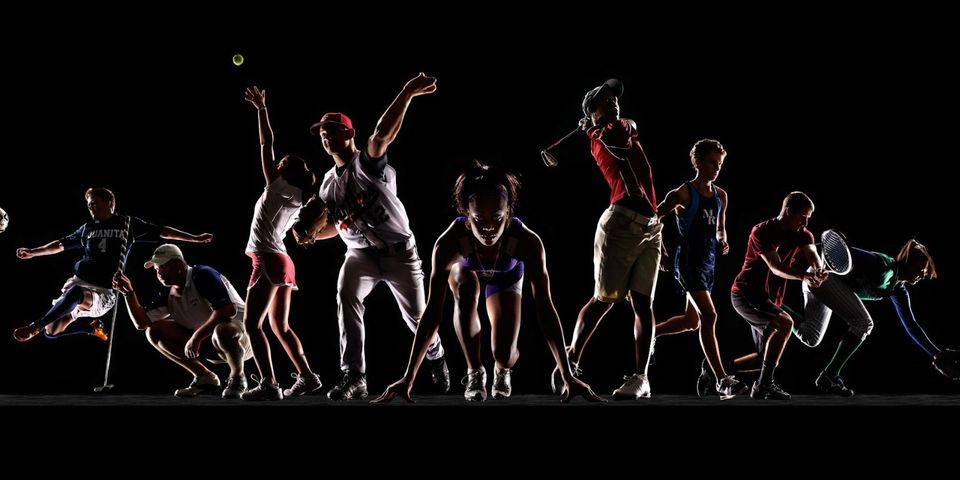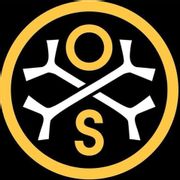
OsteoStrong technology has been shown to trigger bone density growth, but why does this matter to an athlete? Other than protection from fractures, skeletal strengthening, bone strength, in many cases eliminates limitations to plateaus and muscle growth.
The central nervous system has a self-protecting process called neural inhibition. This process keeps muscles from engaging if a voluntary action is causing pain or discomfort. Under the high-impact activities, the central nervous system limits muscular power to protect the skeletal system and joints. The best way to illustrate this is by clenching one’s fist or flexing the muscles to their maximum potential. Under no circumstances can an individual break their own bones. Neural inhibition will not permit it.
As many have seen with OsteoStrong, bone density can be brought to levels more than two standard deviations above what is considered to be normal. This means your body has a more powerful frame, will allow more muscular engagement and thereby more muscular strength and power.
Consider this illustration. When comparing a Formula 1 race car to an economy car, other than the engine, there is a stark difference between the frame of each car. The framework of the economy car simply cannot support the power of the Formula 1 racing engine. In much the same way, the central nervous system will not permit the muscular system to become stronger than what the skeletal system can handle.
Strengthen your foundation so your can be #STRONGER at OsteoStrong O’Fallon! Call for a FREE SESSION (636) 238-8696
BENEFITS OF OSTEOGENIC LOADING
OsteoStrong sessions utilize a series of robotic musculoskeletal treatment devices that allow axial compression of bone to emulate the effect of impact. Because of the robotic optimized positioning of the human body, loading forces go through the human bone that is far higher than those seen in daily activity or exercise. Heavy loading is already understood and recommended by all international bodies of medical education, but at OsteoStrong, we make it safer.
A force of 4.2 multiples of body weight is the minimum required force to trigger bone growth in the hip joint (the most important place to avoid fracture) and peak forces with adults in conventional resistance exercise only show 1.26 to 1.54 multiples of body weight (1).
About the Business
Have a question? Ask the experts!
Send your question

